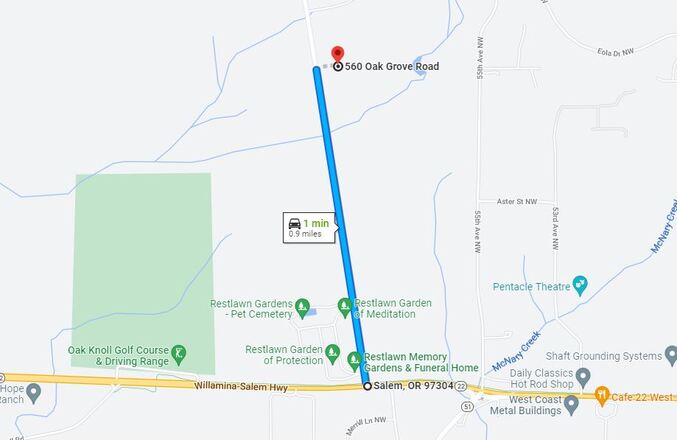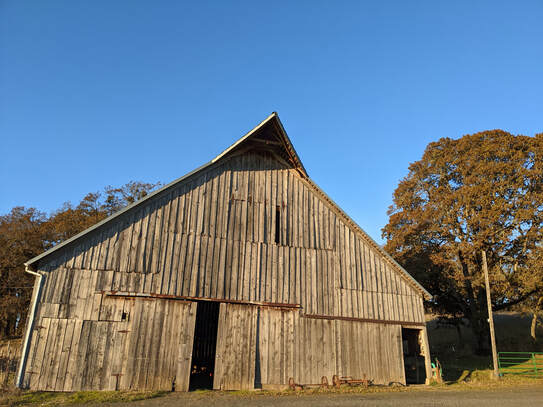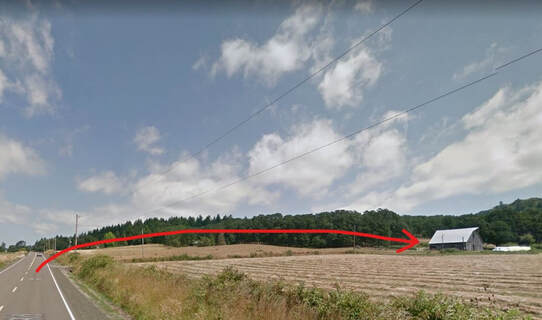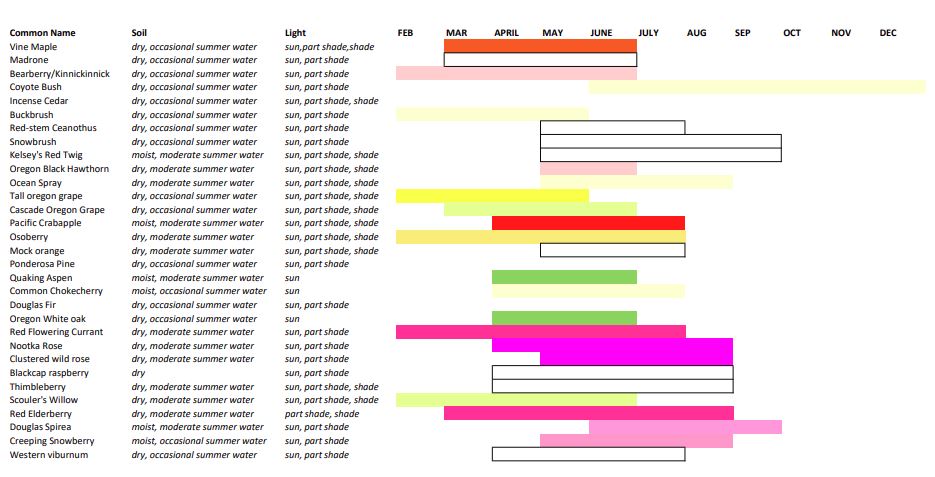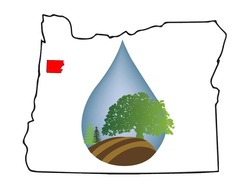native plants coming to the landscape this season
|
Thank you for your interest in our native plant sale! Your purchase supports native habitat in your own backyard, and all proceeds go toward oak woodland and prairie restoration at our properties. These 275 acres preserve our natural landscape, attracting sensitive and native pollinators, birds and wildlife in Polk County.
Our online store is closed. A small amount of each species has been set aside for in-person purchase. We can accept cash, check or cards. Why Native Plants?The benefits to choosing native plants over ornamentals are endless. Native Plants outcompete invasive plants and preserve our natural landscape. They attract pollinators and provide wildlife habitat. Native plants are adapted to our environment and use less water. Help build habitat corridors for local wildlife to feed, rest, and live.
Questions? Please contact Morgan Neil, our Outreach Coordinator at: [email protected].
|

